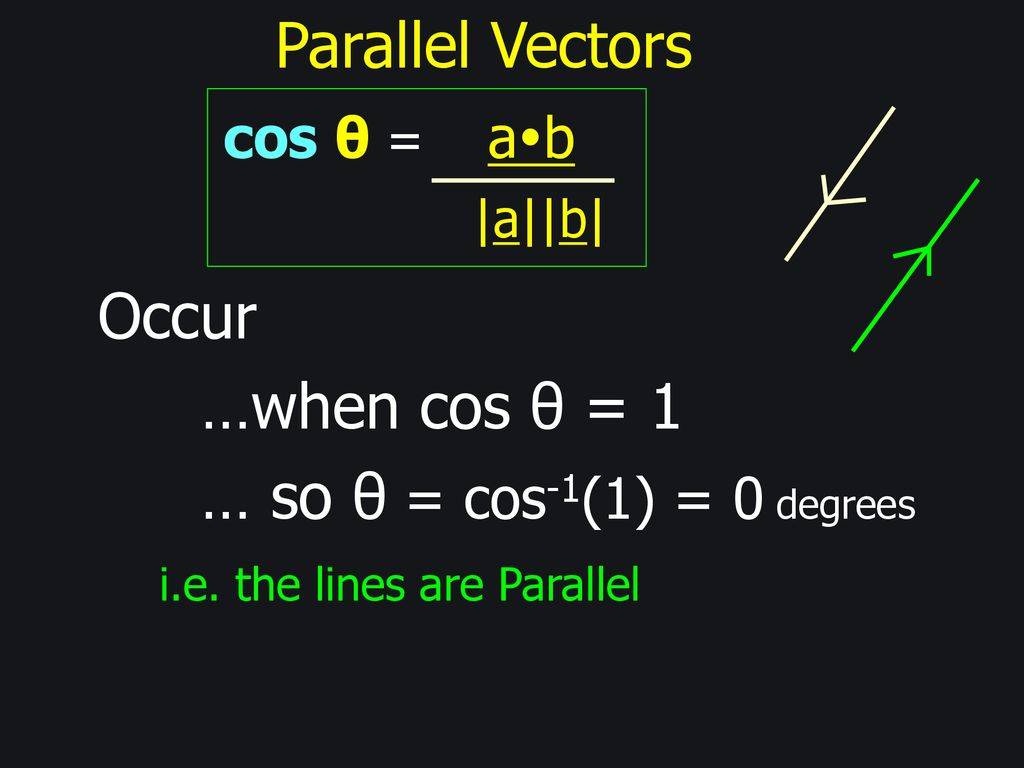Vectors & Notation
Vectors, Notation, zero vector
Vectors are mathematical objects used to represent quantities that have both magnitude and direction. They are commonly used in various fields, including physics, engineering, and computer science.
Notation: Vectors are typically denoted using boldface letters or arrows above the letters. For example, a vector named "v" can be represented as v or ➡️v.
Components: A vector can be broken down into its components along different axes or directions. For example, a vector v in a two-dimensional Cartesian coordinate system can be represented as v = (v₁, v₂), where v₁ represents the component along the x-axis and v₂ represents the component along the y-axis.
Zero Vector: The zero vector, denoted as 0 or ➡️0, is a special vector that has a magnitude of zero. It is the vector where all its components are zero. In a two-dimensional Cartesian coordinate system, the zero vector is represented as 0 = (0, 0).
Properties of the zero vector:
Addition: Adding the zero vector to any vector v results in the same vector v. Mathematically, v + 0 = v.
Subtraction: Subtracting the zero vector from any vector v also results in the same vector v. Mathematically, v - 0 = v.
Scaling: Multiplying the zero vector by any scalar value results in the zero vector. Mathematically, k0 = 0, where k is a scalar.
The zero vector is an essential concept in vector spaces and plays a significant role in linear algebra and vector calculations.
Inverse of a Vector
The negative or inverse of a vector
The negative or inverse of a vector is a vector that has the same magnitude as the original vector but points in the opposite direction. It is obtained by reversing the direction of the vector without changing its length.
If we have a vector v = (v₁, v₂, v₃) in three-dimensional space, then its negative or inverse, denoted as -v or -v, is given by (-v₁, -v₂, -v₃). Geometrically, this means that the negative of v points in the opposite direction of v but has the same length.
For example, if v = (2, -3, 1), then its negative is -v = (-2, 3, -1). Visually, these vectors have the same magnitude but point in opposite directions.
It's worth noting that in some contexts, the term "inverse" might be used to refer to the multiplicative inverse of a vector (if defined), which is not the same as the negative of a vector. However, in most cases, when we talk about the inverse of a vector, we are referring to its negative.


